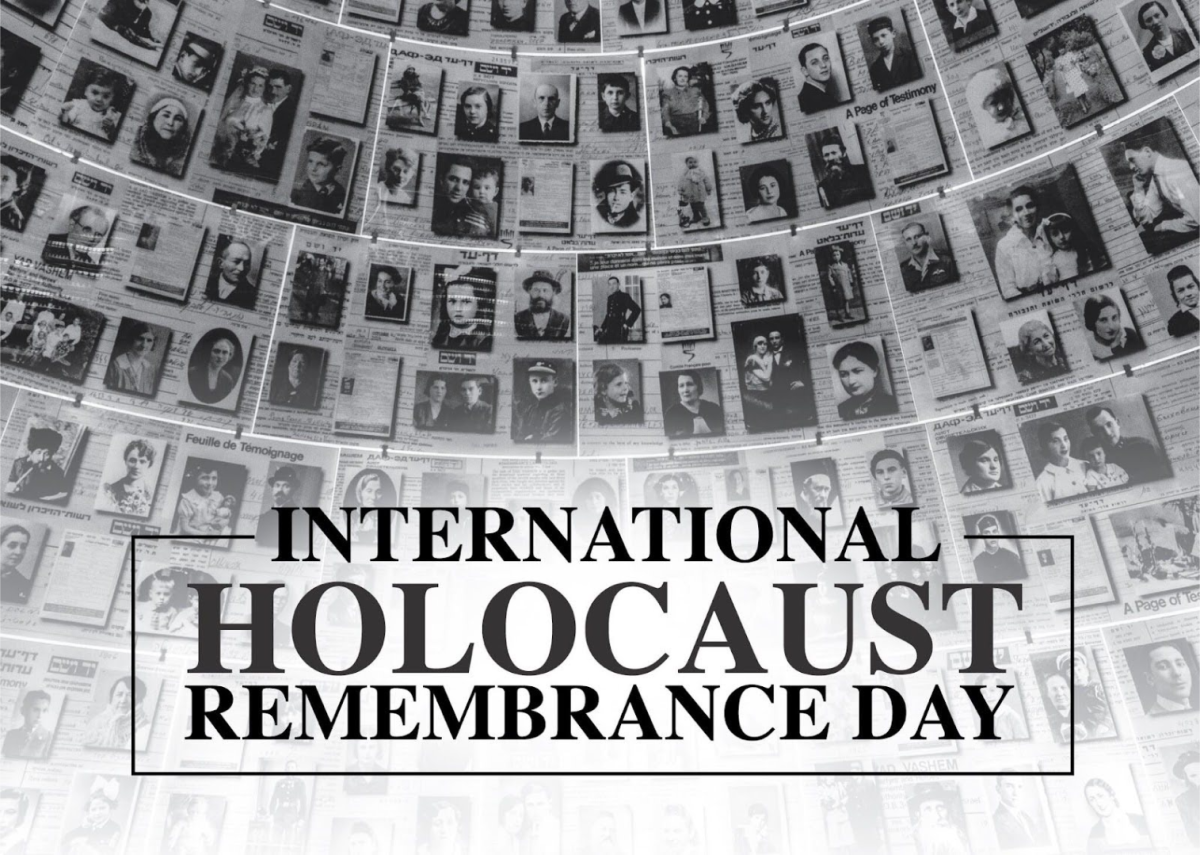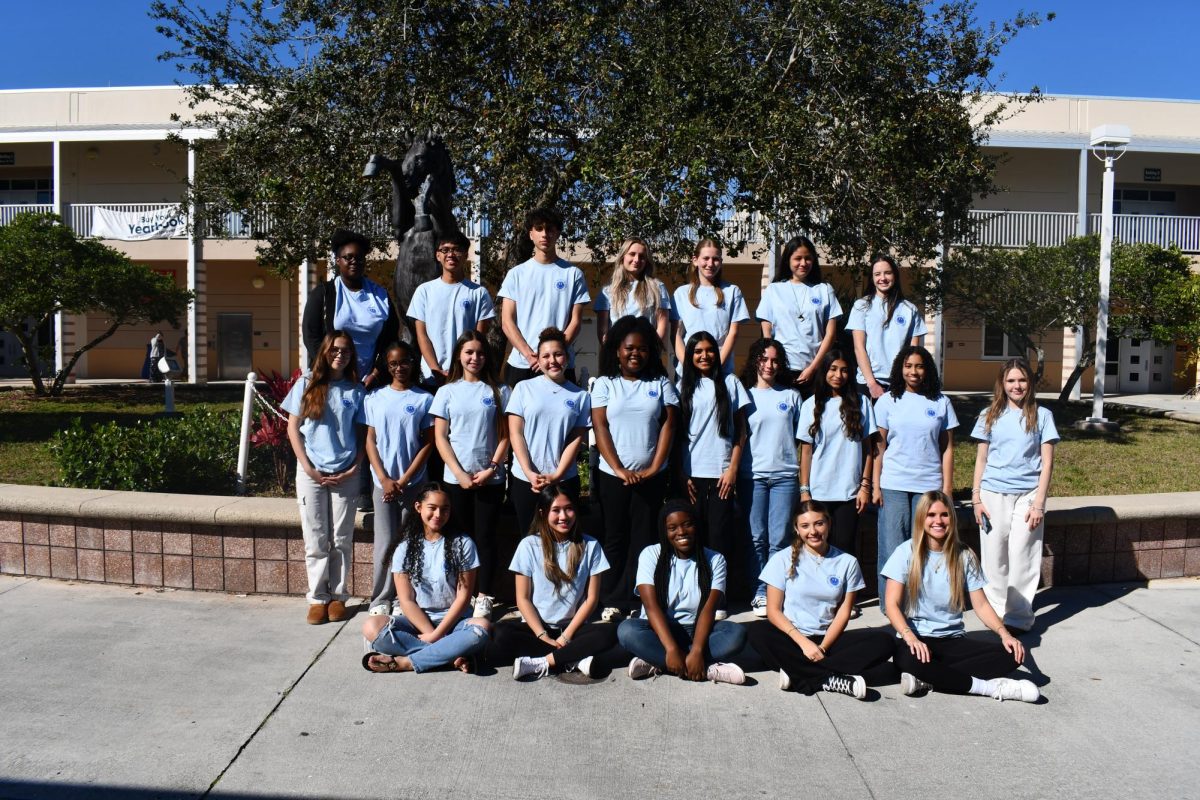First amendment stops at schools’ doors leaving many speechless
October 21, 2020
Schools are often the perfect environment for discussing social movements and political unrest. While students are free to discuss controversial topics online and most seniors are registered to vote, they often feel hushed once they enter their high school campus. The lack of support recognized from the importance of equality and respect has resulted in many asking “why aren’t students and faculty allowed to voice their opinion on certain issues?
Texas English teacher, Taylor Lifka, of Roma High School was put on administrative leave early this school year because of parents’ objection to how she adorned her virtual classroom. Her virtual classroom included a Black Lives Matter poster, pro-LGBTQ+ posters, and a Spanish solidarity phrase. Although the school has stated that they stand behind the concept of equality and respect, they originally did not stand with Lifka’s demonstration.
After this story was made public, many were enraged. More than 33,000 people signed an online petition demanding Lifka’s reinstatement–which forced the administration to re-analyze the situation. After careful evaluation of whether Lifka’s posters were a distraction or disruption to the virtual learning environment, district officials came to the conclusion that the posters were not a distraction to the students. Lifka was taken off administrative leave two days later.
Despite the fact that she was allowed back into the classroom environment, Lifka still felt overwhelmed, since she found the whole situation to be challenging. She was frightened and uncertain about the thought of re-entering the classroom, especially since originally she did not have the support of the administration.
The public, however, was appalled at Lifka’s consequence because they argued that a teacher should be able to decorate their “virtual classroom” the way that they want. While others argue that teachers should not trace their political beliefs to the classroom, many feel that supporting the LGBTQ+ and black community is not political but instead they address basic human rights. However, this controversial topic still raises the question about whether schools should bring attention to the Black Lives Matter movement as well as other social justice movements. But if it is expected that English teachers avoid politics even when the literature covered is often inspired by political and social movements, how do history and government teachers manage?
“History training in academics is based on research and objectivity,” AICE American History teacher Mr. Salemme explained drawing on his own experiences. “The key is to not attempt to persuade your students on your personal beliefs and [instead] focus on the issues/perspectives of any topic.”
The teaching of the Black Lives Matter movement is not only to discuss police brutality against people of color but to allow society to gain an understanding of the deeply rooted systematic racism with its nation. Especially since most public schools are very diverse, many think it is important for schools to educate on the racial injustice that affects their very own peers.
Most schools naturally choose to remain neutral because their students have a plethora of different beliefs, cultures, and perspectives. Rather than seeming to take a side and anger a selection of peers, they would rather remain neutral and adhere to all perspectives.
“Schools are not supposed to share their political views with students or faculty,” explained Ms. Goldstein, one of Central’s English teachers. “If you think about it, there would be implications if the ‘higher-ups’ in a school district shared their views. Faculty and staff may feel pressured to share the view of their supervisors, despite possibly not agreeing with such views.”
However, when one is silent or neutral in times of uproar, it is often visualized as taking the side of the oppressor. Many believe that racism and inequality are not political. They believe that everyone deserves to be equally treated no matter their culture, skin, or sexuality. It is also believed that if a particular public school fails to recognize this notion, then they are showing students that it is okay to ignore the struggles of others–when in reality it is not.
“I feel as if teachers and schools are afraid to talk about certain topics so they act unbiased when asked questions from students regarding any social movements,” said freshman Anabel Ramos. “For example, the death of George Floyd, as well as many other black individuals, is what shined the spotlight to the Black Lives Matter Movement. Everyone was talking about it, yet teachers are left almost speechless.”
Young people have been an integral part of not just BLM but many movements in the past. They have been vocal even when their educators have not.
“Historically, there have been moments in the past when the younger generation led socio-political change in the U.S.,” said Salemme, recognizing that younger generations want their voices to be heard. “One, and maybe the most famous moment is the 1960s Civil Rights, Feminist, and Vietnam War movements. All three movements had members who intersected one another and were led, frequently by people under the age of 30. Society was breaking with their parents’ traditional values and were espousing more modern values such as . . . . feminism and suffragettes as well as the development of the Harlem Renaissance,” a period where Black Americans addressed their struggles through literature, music, and the arts giving a voice to such literary giants as Langston Hughes and Zora Neal Hurston.
Some suggest that schools should possibly listen and learn from the Black Lives Matter movement. Especially since many of the voices on the front lines are their very own students fighting for equality and justification for other classmates of color. If the schools will not stand with their own targeted students, then other students will.
“The lack of support for the Black Lives Matter movement, in particular, has been recognized throughout schools nationwide,” explained senior Noe Martinez. “To the black people themselves, that is not fair. We need to make a change. Basic human rights are not up for debate. Us youth uniting as one will be the one change that school districts won’t see coming.”



